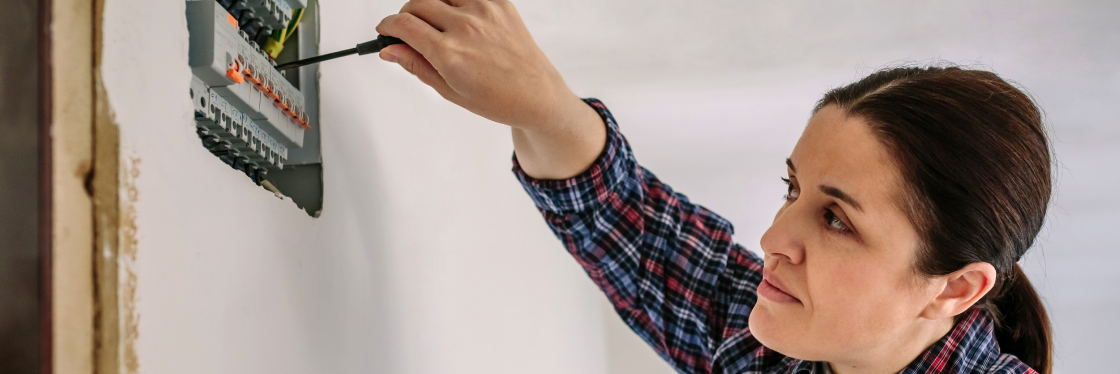RCCB mA Rating: What Should Indian Homes Use?
Table of Contents
- 1. What is RCCB and why does mA matter?
- 2. Ideal mA Setting for RCCB in Indian Homes
- 3. 30mA vs. 100mA RCCB: Key Differences
- 4. Tips for Choosing the Right RCCB
- 5. How to Prevent Unwanted RCCB Tripping
- 6. Expert Advice and Safety Reminders
- 7. FAQs
What is RCCB and Why Does mA Matter?
An RCCB is a device that instantly cuts off electricity if it detects a small leakage current, helping to prevent electric shocks and fires. The mA (milliampere) rating represents the device’s sensitivity—how small a leakage it can detect.
Ideal mA Setting for RCCB in Indian Homes
For most Indian households, a 30mA RCCB is recommended.
30mA (0.03A) is highly sensitive, enough to protect you and your family from electric shock, especially in areas with water like kitchens and bathrooms.
This sensitivity ensures the device trips before a small current can become fatal, keeping everyone safer.
30mA vs. 100mA RCCB: Key Differences
| Purpose | 30mA RCCB | 100mA RCCB |
|---|---|---|
| Protection | Personal safety, prevents electric shock | Fire safety, detects major faults |
| Application | Homes, high-risk areas (bathrooms, kitchens) | Garages, big appliances, circuits |
| Tripping Sensitivity | Trips at lower leakage current | Less sensitive, trips at 100mA |
| Usage Recommendation | Best for general home circuits | Used for special or large loads |
Experts say a 30mA RCCB is best for keeping people safe in normal homes. However, 100mA RCCBs can support bigger appliances or fire-prone areas, but should be used as a backup or in combination with 30mA devices.
Tips for Choosing the Right RCCB
Check for ISI-certified or BIS-approved devices for quality assurance.
For small to medium homes, a 30mA with 16A–40A current rating is usually sufficient.
Install 30mA RCCB in wet areas (kitchen, bathroom, outdoors) for maximum protection.
Use 100mA RCCB only for major appliances or where fire risk is high, but never as the only form of personal protection.
Always get installation done by a professional electrician.
How to Prevent Unwanted RCCB Tripping
Avoid overloading a single circuit.
Keep wiring and insulation in good condition.
Test RCCB monthly using the test button.
Replace old or faulty appliances promptly.
Expert Advice and Safety Reminders
Always ensure your MCB’s breaking capacity meets or exceeds the expected fault level for your home.
Over-rating (using 10kA where only 6kA is needed) won’t harm, but it’s often unnecessary expense.
Underrating (using 6kA where more is needed) can be dangerous—risking failure during a short-circuit.
Check with a qualified electrician and refer to local electrical standards (such as IS/IEC 60898), especially while renovating or upgrading older homes.
Actionable Tips for Homeowners
“Most Indian household RCCBs have a sensitivity of 30mA because that’s the maximum current the human body can safely bear within a short period.”
— Electrical Safety Expert
“Choosing the right RCCB helps protect your family not just from shocks, but also prevents electrical fires.”
— Industry Guide
FAQ
1. What is the standard RCCB rating for Indian homes?
A: 30mA is the standard rating for personal safety in most Indian homes.
2. Can I use a 100mA RCCB instead of 30mA?
A: 100mA can help with fire prevention, but it is not sensitive enough to protect people from electric shocks. Use 30mA for personal safety.
3. How often should I test my RCCB?
A: Test your RCCB every month by pressing the test button, as advised by experts.
4. Will a 30mA RCCB trip too easily?
A: It is designed to trip for even small leakages that can be dangerous, especially in wet areas. Occasional tripping is a sign your home is safer!
5. Is it mandatory to install RCCB in Indian homes?
A: Several states recommend or require RCCB installation for new homes to prevent electrical accidents.
